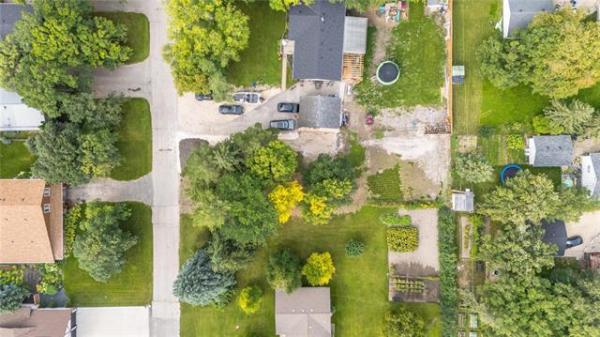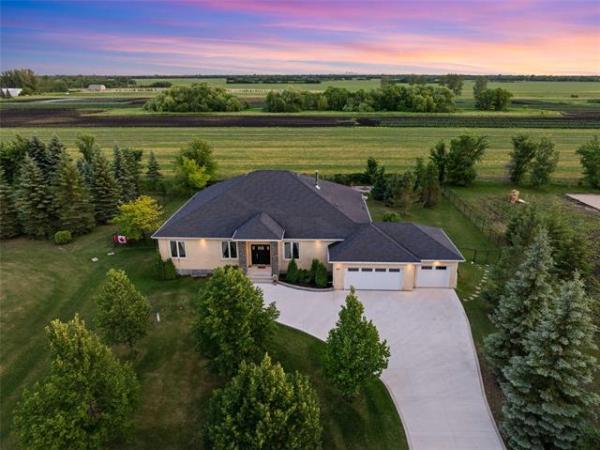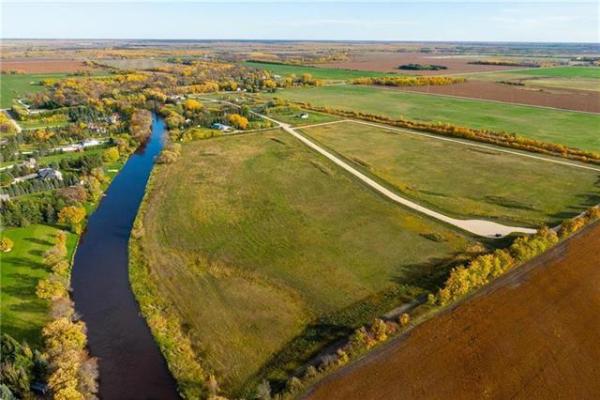Question: Wondering if you could offer some advice for the flooring in our three-season, south-facing sunroom. The sunroom is a Sunshade product, so basically all glass.
We were considering hardwood, engineered high-end laminate or bamboo, but wondered how these products would stand up in the cold winter months. We are concerned that the strong sunlight will fade the flooring. What is your opinion on ceramic tile? The floor is sheeted with 5/8-inch, tongue and groove plywood and is insulated with fibreglass batts. If we use a wood product, we are concerned it may swell during summer humidity.
Thanking you in advance for any information you may offer to us.
— Dick and Donna Stone
Answer: Choosing floor coverings for a building that will not be heated year-round does present some challenges not seen in a typical home. While all of your choices may work, some products may be better than others to resist the extremes of temperature and humidity that may occur.
Deciding on flooring for any area of a home can be a challenge, as there are numerous types available. Because your sunroom will not be fully heated in the winter, and due to the large expanse of windows, this decision may be more critical to prevent deterioration. You do seem to be quite knowledgeable about the changes in temperature and humidity levels that may occur, so we won’t delve further into that issue. Also, the insulation below the floor may not be a major factor, other than to allow potential pests inside if not well sealed. The main concern with the flooring may be damage due to seasonal expansion and contraction, related to different temperature and moisture levels.
Fading of any flooring due to direct sunlight is a common problem, more prevalent with natural products like hardwood or with certain types of carpets. While carpeting may be one of the most cost-effective materials to use, I would shy away due to the chance for moisture damage from entering the sunroom directly from outside, and dirt and dust collection in the fibres. Hardwood flooring may be acceptable, if it is properly seasoned prior to installation, but may be subject to gaps between the planks slightly opening and closing with the changes in seasons. Also, most finishes will be somewhat affected by the intense sunlight, even in pre-finished products, so that is a legitimate concern.
The problem with most hardwood flooring is that the woods used are often quite hard, due to the desire for durability, and are normally quite closed-pored. Because the pores, and often the grain structure, are quite tight, these products can be more easily affected by changes in moisture content. If the moisture content rises on oak or maple flooring, which should be kiln-dried to a very low level prior to shipping, the wood will swell. This can cause the tongue and groove planks to buckle, even dislodging fasteners holding it down. Conversely, if the flooring has too high a moisture content when laid down, gaps will often form between the individual pieces in the colder, drier winter months. For this reason, I would suggest alternative flooring materials. A better choice, if you still want to use wood flooring, may be to look for pine or fir flooring. While these products will get much more beaten up due to their softwood nature, they will also be less susceptible to expansion and contraction, as they are quite open-pored and will absorb and release moisture more easily than hardwood.
Ceramic or porcelain floor tiles may be another good choice for the sunroom flooring, but care must be taken to prepare the substrate properly to avoid damage. While these products are very stable with relation to changes in humidity and temperature, they have very little flexibility. Any moderate movement can cause the tiles or the grout between the tiles to crack. That may be an issue, depending on the foundation used to install the sunroom. Most sunrooms are built on screw-jacks or post and pad foundations, which may move with changes in soil conditions. Both types of these foundation should have the capability of being adjusted or shimmed to account for the movement, but diligence will be required to prevent damage to the masonry floor. Also, the subfloor will have to be covered with masonry board, wire and mortar, or plastic sheathing designed for tile installation, prior to installation. This may be one of the more costly and labour-intensive flooring options, but may be the most durable, if properly installed.
The final option may be a type of composite flooring, of which there are more choices every year. Traditional vinyl sheet flooring may work, but a better option would be solid vinyl flooring designed for decks and balconies. This material is quite durable and has enough flexibility to be installed outdoors, even in our harsh winter climate. There are several companies that install this product, but care must be taken to properly secure it at the edges to prevent common lifting due to expansion and contraction.
With the same desire for durability and lack of maintenance as with other composite products in mind, vinyl plank flooring may be the best option for a carefree flooring product for your seasonal sunroom. This material is extremely durable, waterproof, wear-resistant and is easily installed. It does not have to be glued or secured down, and can be laid directly over most existing subfloors. The individual planks are clicked together and can be easily cut to fit in the most difficult areas. They are generally available in imitation woodgrain or tile patterns, which can nicely mimic hardwood or softwood flooring without the associated concerns.
Picking and installing a floor covering material for your seasonal sunroom can be difficult due to deterioration or movement with the changes in humidity and temperature associated with this type of structure. While many options may work, if properly installed and maintained, low-maintenance products like plank vinyl or exterior-rated solid vinyl sheathing may be the best choice.
Ari Marantz is the owner of Trained Eye Home Inspection Ltd. and past president of the Canadian Association of Home & Property Inspectors — Manitoba (cahpi.mb.ca). Questions can be emailed to the address below. Ari can be reached at 204-291-5358 or check out his website at trainedeye.ca.
trainedeye@iname.com



